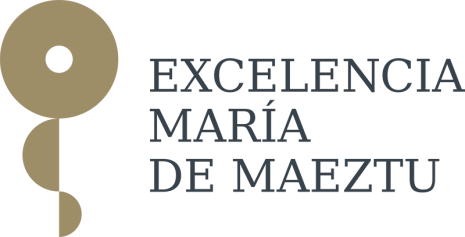Hypersurfaces of constant higher order mean curvature in \(M\times \mathbb{R}\)
João Paulo dos Santos Universidade de Brasilia
We consider hypersurfaces of products \(M\times \mathbb{R}\) with constant r-th mean curvature — to be called \(H_r\)-hypersurfaces — where \(M\) is an arbitrary Riemannian manifold. We develop a general method for constructing them, and employ it to produce many examples for a variety of manifolds \(M\), including all simply connected space forms and the Hadamard manifolds known as Damek-Ricci spaces. Uniqueness results for complete \(H_r\)-hypersurface of \(\mathbb{H}^n\times\mathbb{R}\) or \(\mathbb{S}^n\times\mathbb{R}\) \((n \geq 3)\) are also obtained. This is a joint work with Ronaldo de Lima (UFRN) and Fernando Manfio (ICMC-USP).
Sala EINSTEIN UGR (virtual)




 Visit our channel
Visit our channel
